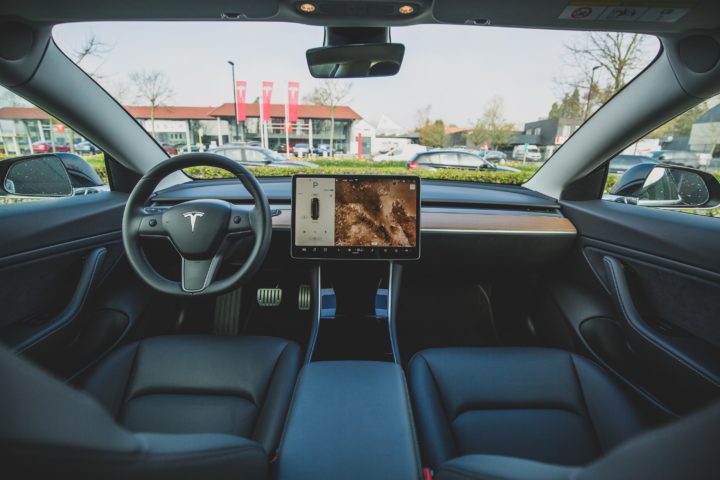The following contribution is from another author.
Throughout history, we’ve always had different forms of media depicting what life could be like in the future. Some movies showed us in flying cars and others thought we’d already be underwater. But if there’s one creative thing about these shows, it’s that they always depict incredibly unique technologies.
One of the more realistic forms of technology that we’ve seen in these shows is self-driving vehicles. The idea is simple; you get in the car, you tell it where you want to go, and then it automatically drives you to that destination. Tesla’s self-driving cars are capable of this already, but there is plenty of negative media attention that has managed to steer people away from the future of self-driving vehicles.
With so many safety concerns and issues around the practicality of self-driving vehicles, is it still a practical technology or are we still only getting a glimpse of what the future holds for us?
Self-driving vehicles are often better than actual drivers
One of the unmistakable things about self-driving vehicles is that the technology behind them is far more efficient than what a real human could do. For example, self-driving vehicles can’t be influenced by distractions unlike a human driver, and they also have a lot of map knowledge in their databases, meaning they’ll always find the fastest route to a destination. Couple this with the up-to-date traffic information they get and you’re virtually guaranteed to always follow the fastest route.
Self-driving vehicles could still be a safety concern
The last thing you want is to be searching for a pedestrian accident lawyer near you because a self-driving car just collided with you. While most self-driving vehicles have advanced technology that actively avoids pedestrians and other hazards, there’s no telling if there might be a software glitch or a camera problem that causes the system to miss them. This hasn’t happened often compared to human-driven cars, but the concern is still there.
Self-driving vehicles are fairly easy to power now
In the past, driving an electric vehicle was a bit of a joke because of the low range. These days, most people charge them in their garage overnight and they can use it for most commute lengths. However, modern electric vehicles with self-driving technology have managed to squeeze out even more efficiency from batteries and driving systems, meaning you have ranges of anywhere from 300 to 500 miles on a single battery charge. So if you were ever concerned about the practicality of a self-driving vehicle in terms of energy use, you shouldn’t be worried.
Self-driving vehicles still have a long way to go
Right now, the most cutting-edge self-driving vehicles are classed as Level 3 Autonomous cars. This means that they can drive themselves on certain roads, but the driver still needs to be behind the wheel to control the car in case the system does something strange. Level 4 autonomy means that drivers won’t need to take the steering wheel, but they’ll still be limited in where they can drive themselves. The peak would be Level 5 autonomy which effectively means the car can drive anywhere with zero assistance and no need for the driver to be behind the wheel. We’re still many years away from Level 5, so for now, our self-driving vehicles will still be a little finicky and not so autonomous as we’d like.

















I have been interested in unmanned vehicles for a long time. Although I always use a rental car when traveling. I usually like to drive a car with a manual transmission. I usually use the same car rental service. By the way, today I flew to San Diego and there is also this car rental service here. That’s why I used the services of car rental San Diego under 25.